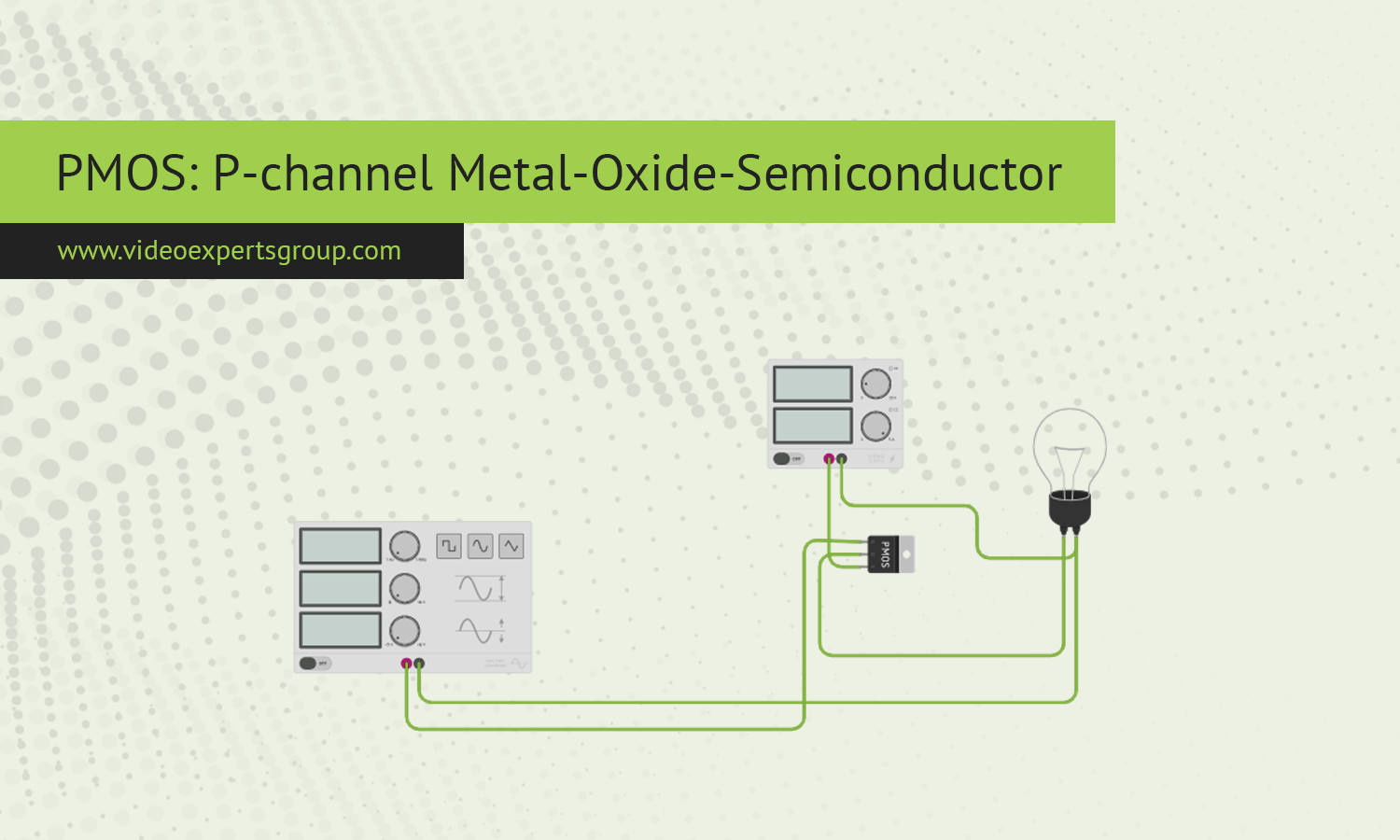PMOS (P-channel Metal-Oxide-Semiconductor) transistors are a crucial component of modern electronic circuits. They belong to the family of Metal-Oxide-Semiconductor Field-Effect Transistors (MOSFETs), which are widely used in various applications such as amplifiers, switches, and digital logic circuits. The PMOS transistor, characterized by its ability to conduct current when a negative voltage is applied to its gate, is typically used in conjunction with its counterpart, the NMOS (N-channel MOSFET), to form complementary circuits like CMOS (Complementary Metal-Oxide-Semiconductor) technology, which is the backbone of most modern processors.
Meaning
A PMOS transistor is a type of MOSFET that operates using a P-type semiconductor as the primary material for its channel. In a P-type material, the majority charge carriers are holes (positive charge carriers). This is in contrast to NMOS transistors, which use N-type material where electrons are the majority carriers. In PMOS, the channel between the source and drain is created when a negative voltage is applied to the gate, allowing current to flow from the source to the drain.
The term "P-channel" refers to the type of semiconductor material and the direction of current flow, while "Metal-Oxide-Semiconductor" describes the layers of the transistor. The "metal" part of the structure was historically a metal gate electrode, but modern PMOS devices typically use polysilicon or other materials. The "oxide" layer is a thin layer of insulating material (usually silicon dioxide) that separates the gate from the channel. Finally, the "semiconductor" refers to the substrate material where the channel forms, enabling current flow.
PMOS Working Principle
The working principle of a PMOS transistor revolves around the concept of controlling current flow through an electric field. In its simplest form, a PMOS transistor has three terminals: the source (S), the drain (D), and the gate (G). The source is connected to a higher voltage (usually the supply voltage), while the drain is connected to the load. The gate controls whether or not the PMOS transistor is "on" or "off."
In a PMOS transistor:
- When the gate voltage (V_G) is less negative than the source voltage (V_S) (closer to the ground or zero volts), the transistor remains in the off state. In this condition, the P-type channel is depleted, and no current flows from the source to the drain. This is because the positive charge carriers (holes) cannot move effectively when the gate is not sufficiently negative.
- When the gate voltage (V_G) is more negative than the source voltage (V_S), the transistor turns on. This creates a P-type channel between the source and drain, allowing current to flow. The holes (positive charge carriers) move from the source (higher potential) to the drain (lower potential), allowing the current to pass through the transistor.
This characteristic makes PMOS transistors useful in applications where switching is controlled by negative voltages. They are often used in high-side switching applications, where the transistor connects the positive voltage to the load.
PMOS Circuit Diagram
A typical PMOS transistor circuit diagram consists of the following components:
- Source (S): The terminal connected to the positive supply voltage (V+).
- Drain (D): The terminal connected to the load or circuit output.
- Gate (G): The terminal that controls the on/off state of the transistor through a voltage applied relative to the source.
Simple PMOS Circuit Example:
V+
|
Source
|
|
Drain -----> Load -----> Ground
|
Gate (control)
In this circuit:
- The source is connected to the positive supply voltage.
- The load (resistor, LED, or other component) is connected between the drain and ground.
- The gate voltage determines whether the PMOS transistor is on or off. When the gate is more negative than the source, current flows from the source to the drain, powering the load. When the gate is at a higher voltage, the PMOS transistor remains off, and no current flows through the load.
PMOS transistors play a vital role in electronics, especially in CMOS technology, where they work alongside NMOS transistors. Their ability to switch based on negative gate voltages makes them suitable for certain types of circuit designs, especially those requiring high-side switching. Understanding how PMOS transistors function and how they are integrated into circuits is essential for working with modern electronics, from basic amplifiers to complex digital systems.
















